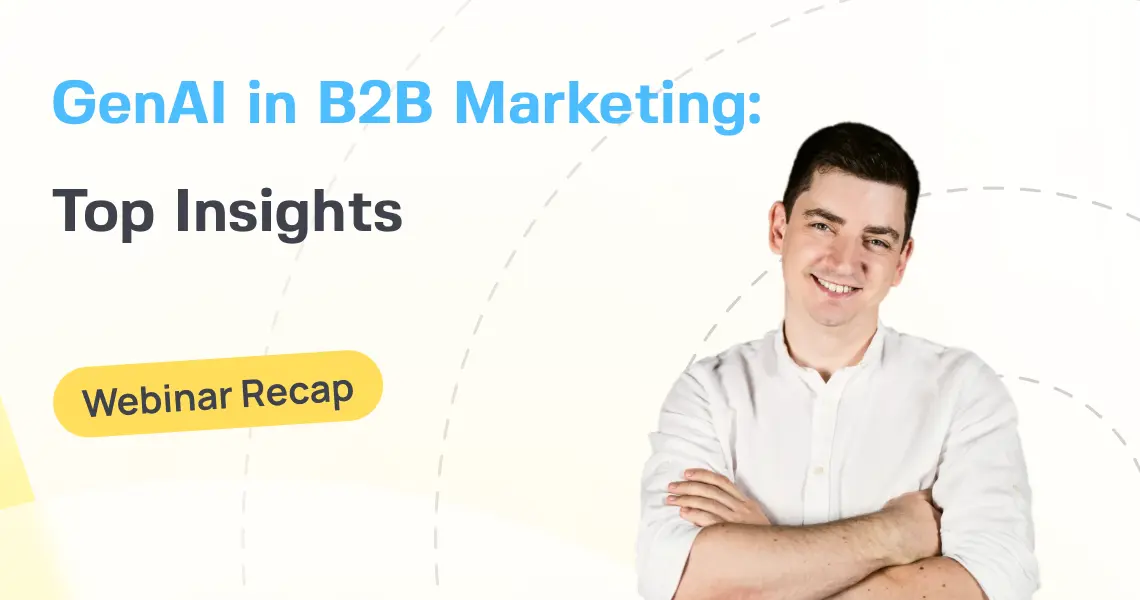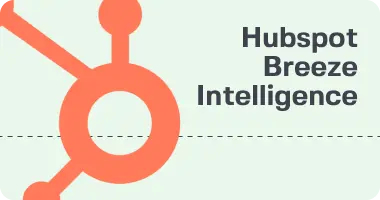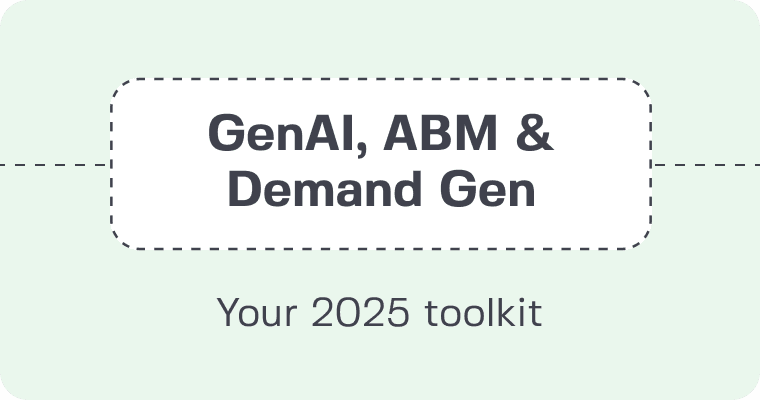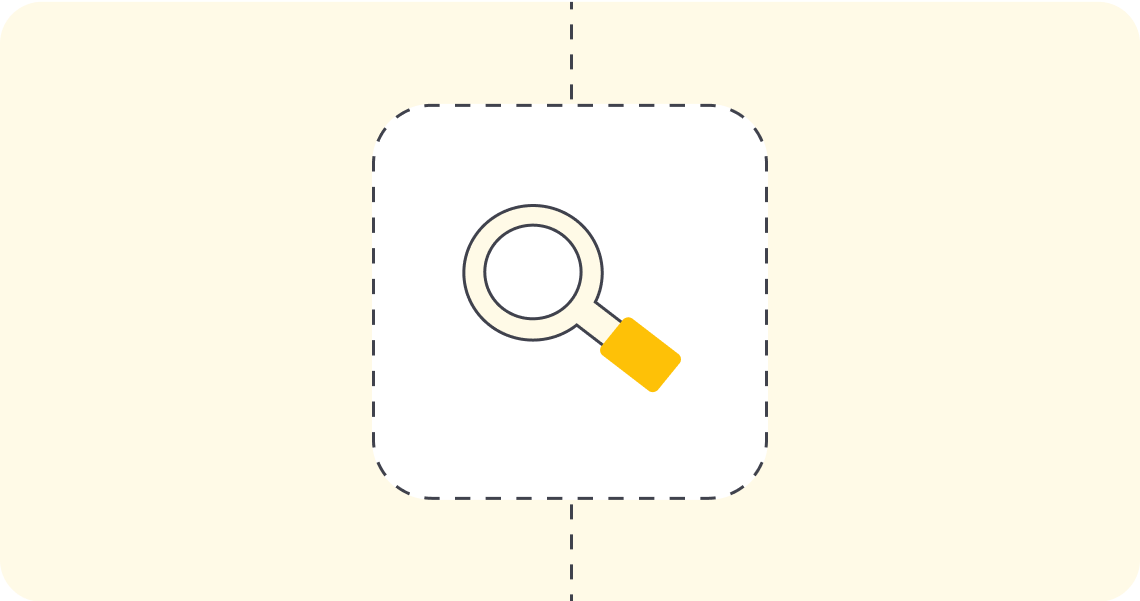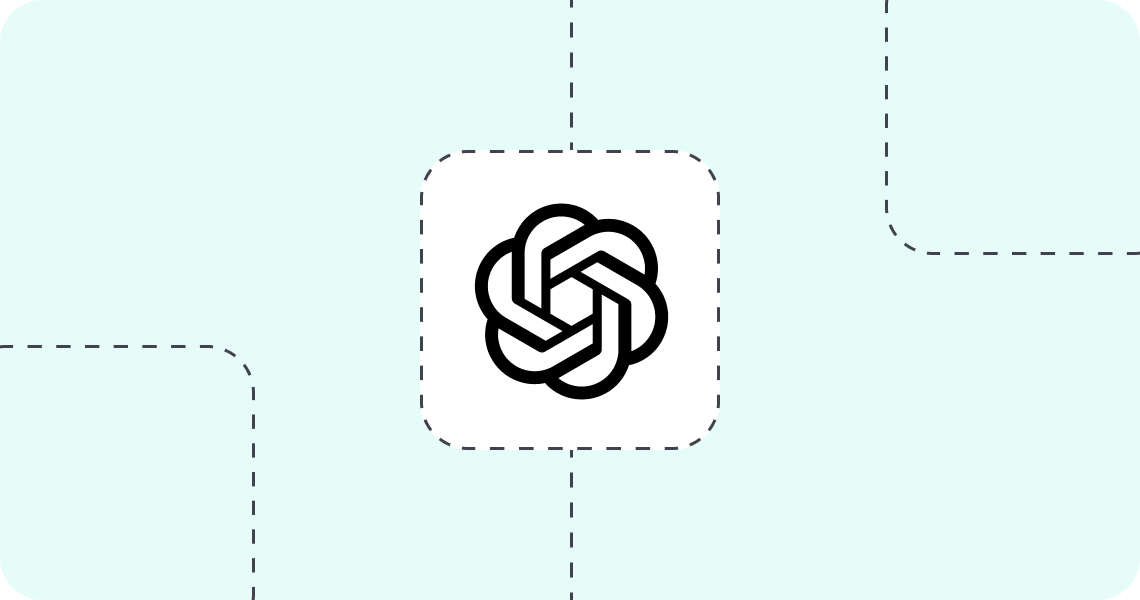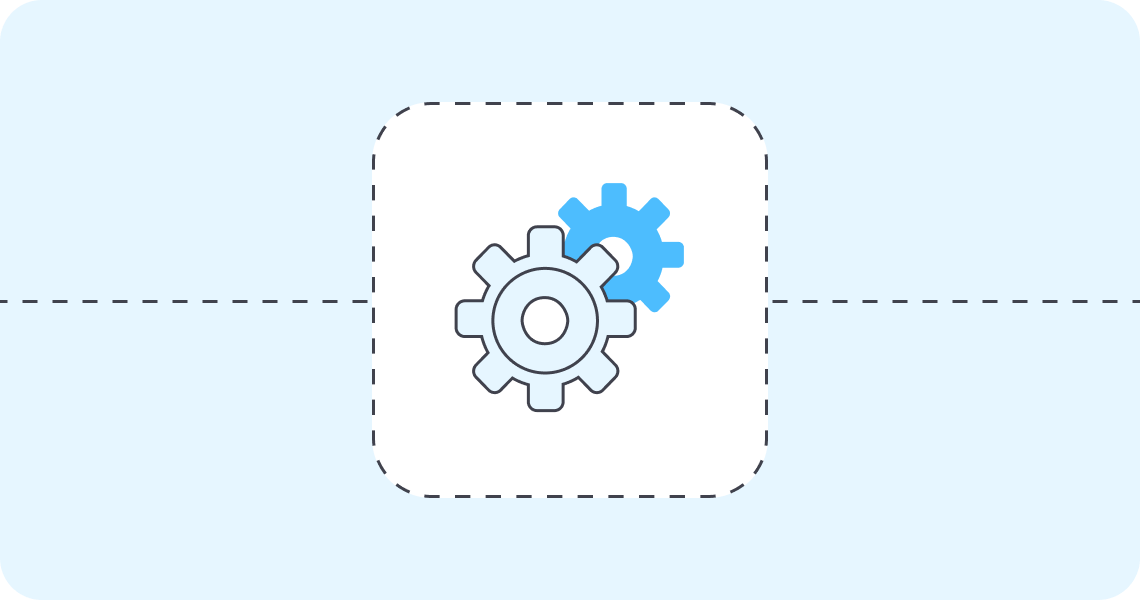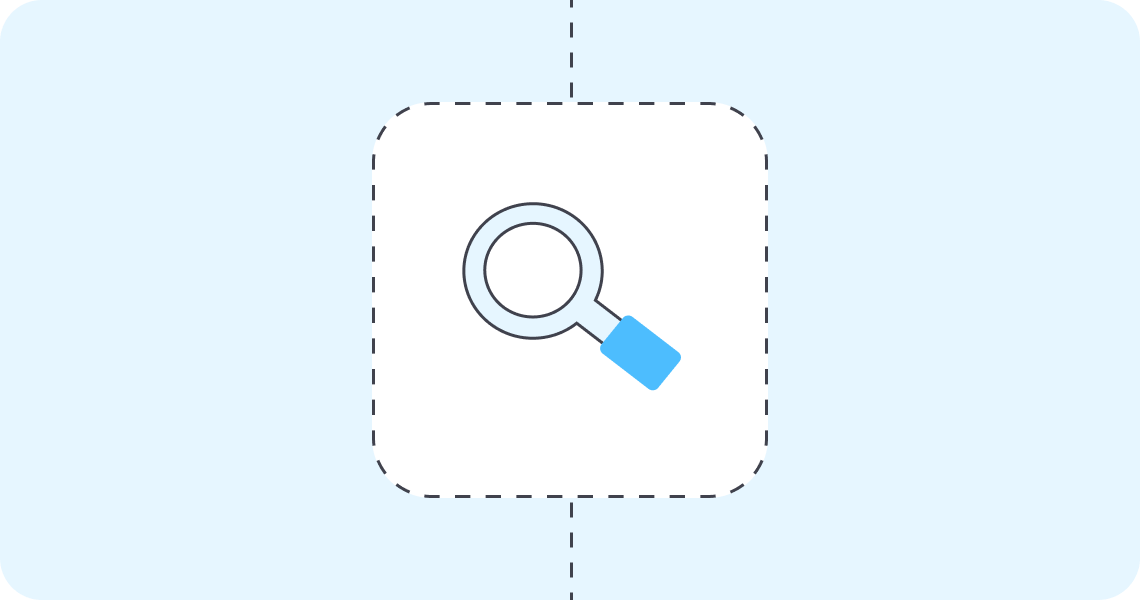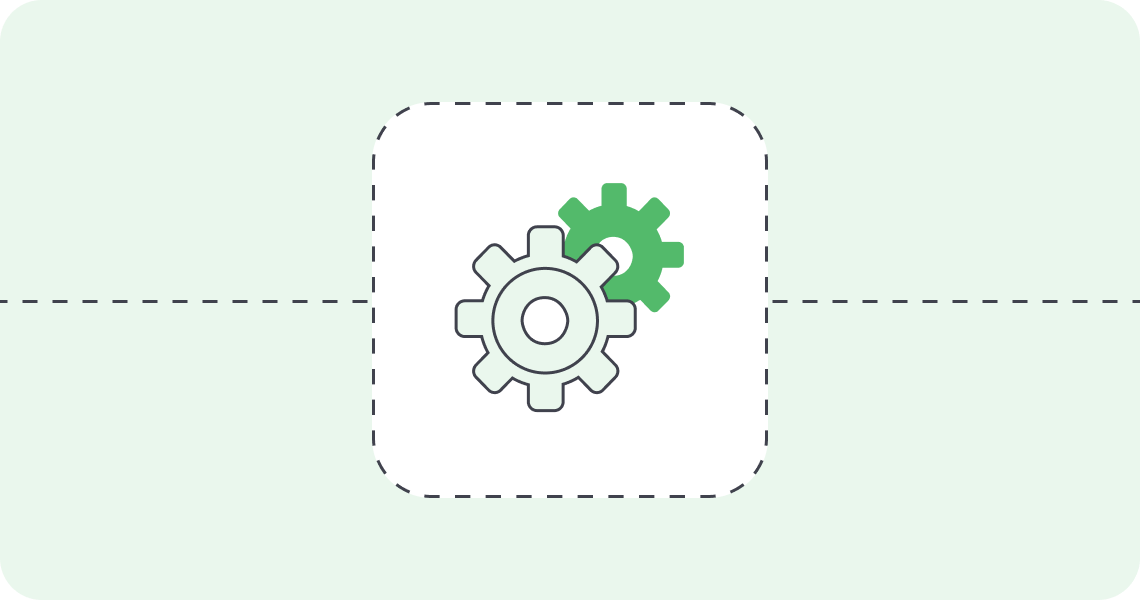A staggering 61% of B2B marketers say generating high-quality leads is their biggest challenge. As traditional outreach methods lose effectiveness, sales teams are increasingly turning to AI for sales prospecting to identify, qualify, and convert leads more efficiently.
At 42DM, we’ve helped B2B companies implement AI-driven lead generation strategies that reduce manual work, improve lead quality, and make sales outreach more targeted. From selecting the right AI tools to integrating them with existing marketing and sales workflows, we’ve seen firsthand how businesses can use AI to optimize their pipelines and close more deals.
Key takeaways
- • Use AI sales automation to streamline lead generation and find prospects faster.
- • Compare AI sales software like HubSpot, Salesforce Einstein, and Drift to find the right fit.
- • Integrate AI for sales and marketing workflows for better efficiency.
- • Ensure your team understands how to use predictive sales AI and what to expect from it.
- • Monitor and analyze your AI lead generation results to refine and maximize ROI.
- • Stay updated on AI sales enablement trends to maintain your competitive edge.
What is AI in Lead Generation?
AI for sales refers to the use of machine learning, data analytics, and automation to identify and engage potential customers. These tools analyze vast amounts of data—such as online behavior, firmographics, and past interactions—to predict which prospects are most likely to convert. Unlike traditional methods, AI continuously refines its approach, learning from patterns to improve lead quality over time.
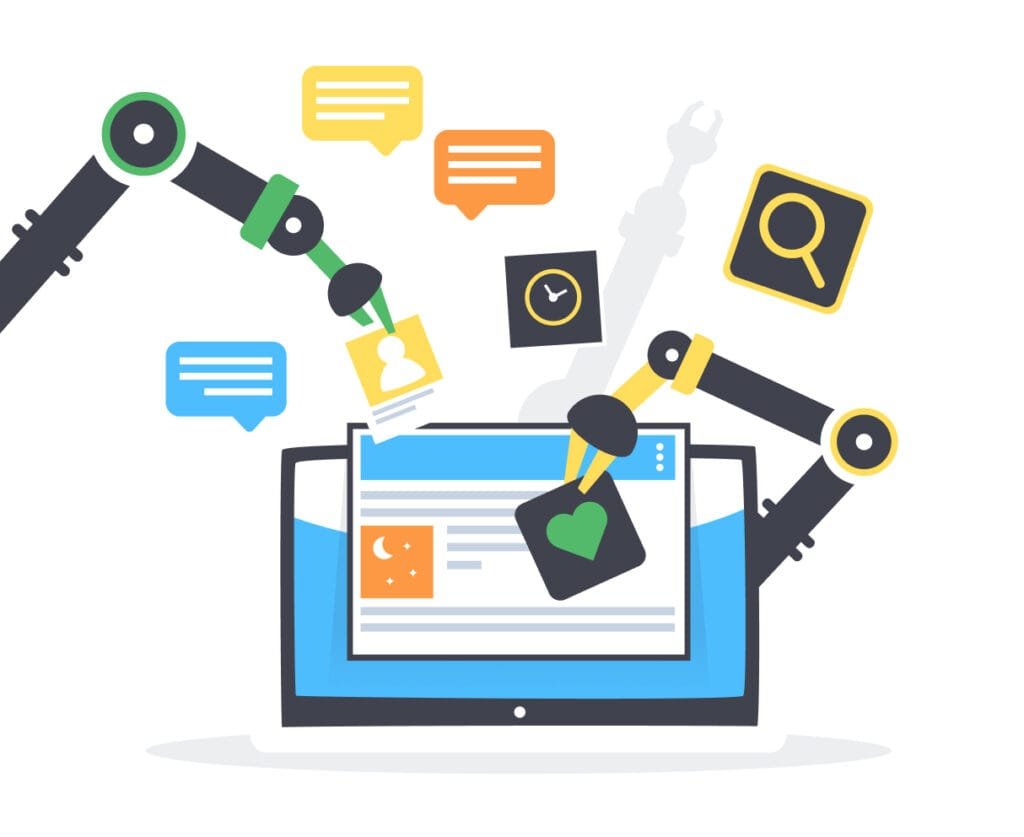

AI Lead Generation Tools
AI prospecting tools use machine learning and automation to identify, segment, and engage potential customers. These tools process large datasets to detect patterns, predict which leads are most likely to convert, and personalize outreach at scale.
One of the biggest benefits of AI sales tools is their ability to segment leads based on behavior, demographics, and engagement levels. Instead of casting a wide net, businesses can focus their marketing efforts on prospects with a genuine interest. Predictive sales AI helps prioritize leads by analyzing past interactions to determine which prospects are most likely to become customers.
Beyond prospecting, AI streamlines outreach by automating emails, chatbot interactions, and follow-ups—helping sales teams engage leads efficiently without losing the personal touch. Since AI adoption depends on usability, most modern tools come with intuitive interfaces and CRM integrations, making it easier for teams to implement AI without extensive training.
Our MarTech specialists worked with many clients and have seen firsthand how businesses struggle to integrate AI into their lead-generation workflows. Many of our clients want to adopt AI for sales and marketing but worry about scalability, implementation, and achieving real ROI. We help companies navigate AI adoption, ensuring their sales and marketing teams maximize the potential of AI sales enablement tools while maintaining efficiency and alignment across teams.
B2B Leads
AI for sales and marketing improves B2B lead generation by making prospecting more strategic. Instead of relying on outdated databases or broad cold outreach, AI-driven platforms continuously analyze real-time market signals—such as search behavior, content engagement, and firmographic data—to identify high-intent prospects. This allows sales teams to focus on leads that are actively showing interest, improving both efficiency and conversion potential.
Beyond just identifying leads, AI sales enablement enhances targeting and personalization by analyzing behavioral patterns and dynamically adjusting outreach. Traditional segmentation relies on static data points, but AI processes live interactions and engagement trends, ensuring that marketing efforts align with where the prospect is in the buying process. Whether it’s personalized email sequences, chatbot conversations, or content recommendations, AI-driven tools adapt messaging to reflect relevant buyer needs at the right time.
AI-driven automation also reduces costs and increases productivity by eliminating time-consuming manual tasks. Instead of allocating resources to data entry and generic outreach, sales teams can focus on building relationships and closing deals. This shift improves lead quality, strengthens alignment between marketing and sales, and makes the entire pipeline more efficient.
Key Features
AI prospecting tools do more than just speed up lead generation—they help businesses find, qualify, and engage leads more effectively.
One of the biggest advantages is predictive sales AI, which helps sales teams focus on the right prospects. Rather than relying on old lead lists or making guesses, AI examines customer behavior, previous interactions, and firmographic data to spot the leads that are most likely to convert. This means less time is wasted chasing the wrong people, and more time is spent closing deals.
AI also integrates with CRMs and automates repetitive tasks, reducing the manual workload for sales teams. Instead of spending hours on data entry, lead scoring, and follow-ups, AI sales software sorts and prioritizes leads, flags high-potential prospects, and even triggers personalized outreach. This allows sales teams to focus on real conversations rather than administrative work.
Real-time tracking and reporting ensure that businesses make informed decisions based on up-to-date information. AI tools analyze engagement trends and performance data as it happens, helping teams adjust their messaging, refine their targeting, and improve lead conversion rates with insights that actually matter.
What is Lead Generation?
At its core, lead generation is the process of identifying and attracting potential customers, guiding them from initial awareness to genuine interest in a product or service. It’s a key part of the sales and marketing funnel, ensuring businesses have a consistent pipeline of prospects who can be nurtured into paying customers.
Effective lead generation means identifying prospects who align with an ideal customer profile (ICP) and show real interest. Successful strategies involve a mix of inbound tactics, like content marketing and SEO, and outbound approaches, such as email outreach and paid advertising.
As buying behavior evolves, AI-driven tools are transforming lead generation by automating prospecting, analyzing data at scale, and improving targeting precision. Businesses that adopt AI-powered solutions can streamline the process, reduce inefficiencies, and improve conversion rates—making lead generation more predictable and scalable.
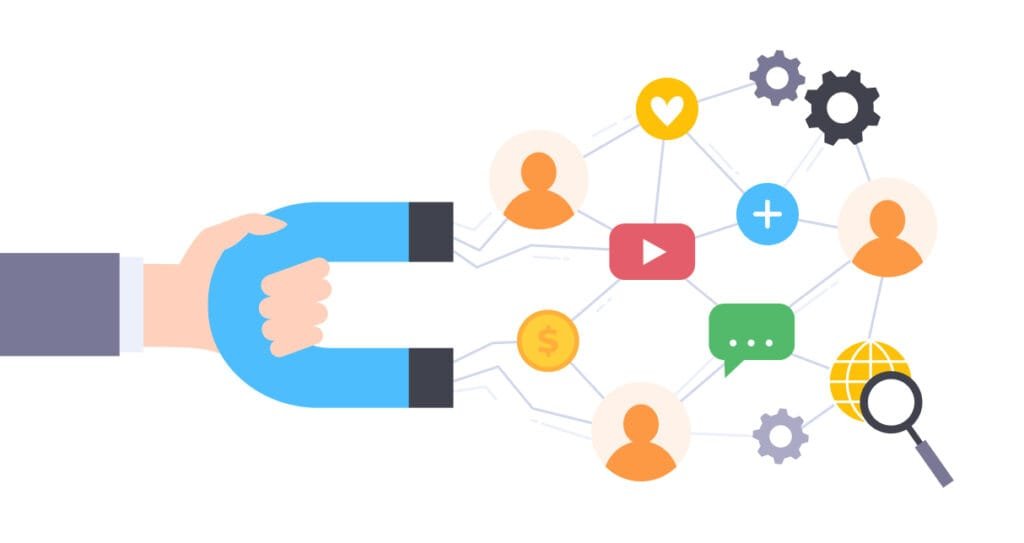
Lead Generation in Sales Pipeline
Lead generation is a critical part of the sales pipeline, ensuring that sales teams have a steady stream of qualified prospects. Without a structured process, it’s difficult to maintain consistent deal flow, making it harder to hit revenue targets.
A well-executed lead generation strategy doesn’t just bring in contacts—it helps sales teams engage the right prospects, build relationships, and move deals forward. By automating key parts of the process with AI, businesses can reduce inefficiencies, focus on high-value activities, and keep their pipeline full without missing potential opportunities.
Lead Generation Process Overview
The lead generation process moves potential buyers from initial awareness to becoming paying customers. Each stage plays an important role in nurturing prospects and guiding them toward a purchasing decision.
- Awareness: At this stage, potential buyers discover your brand through channels like social media, content marketing, and paid advertising. The goal is to grab attention and introduce your solution to the right audience.
- Interest: Once a prospect is aware of your business, the focus shifts to engagement. Providing valuable content—such as blog posts, whitepapers, or webinars—helps establish credibility and keeps potential leads interested.
- Consideration: Prospects begin evaluating their options, comparing solutions, and looking for more specific information. Personalized communication, lead nurturing campaigns, and targeted outreach ensure they stay engaged and move closer to making a decision.
- Conversion: The final stage is about turning an interested prospect into a customer. Product demos, free trials, and well-timed sales follow-ups help close the deal and establish long-term relationships.
Optimizing each stage of the process ensures a steady flow of high-quality leads and improves overall conversion rates. AI-powered tools can further enhance this process by automating outreach, analyzing engagement patterns, and refining targeting to move prospects through the funnel more efficiently.
Buyer Profiles
A well-defined buyer profile is a must for effective lead generation. It helps businesses understand who their ideal customers are, what they need, and how they make buying decisions. The more precise your buyer profile, the easier it is to craft targeted messaging, personalize outreach, and increase conversion rates.

To build accurate buyer profiles, businesses need to gather insights across several key areas:
- Demographics: Factors like age, job title, industry, company size, and location help segment your audience and tailor marketing efforts more precisely.
- Pain points: Understanding your customers’ specific challenges allows you to position your solution as the best fit for their needs.
- Goals and motivations: Understanding your prospects’ goals allows you to position your product as a solution that directly supports their success.
- Behaviors: Analyzing how prospects engage with your brand, what influences their choices, and their preferred channels of communication helps refine your sales approach.
- Buying preferences: Every customer has expectations for pricing, service, and the overall buying experience. Understanding these preferences helps you tailor your approach to match their decision-making process.
Building buyer profiles isn’t just about collecting data; it’s about turning insights into actionable strategies that improve targeting and strengthen the sales process. A well-defined profile helps you reach the right prospects with the right message at the right time.
AI Lead Generation Tools for B2B
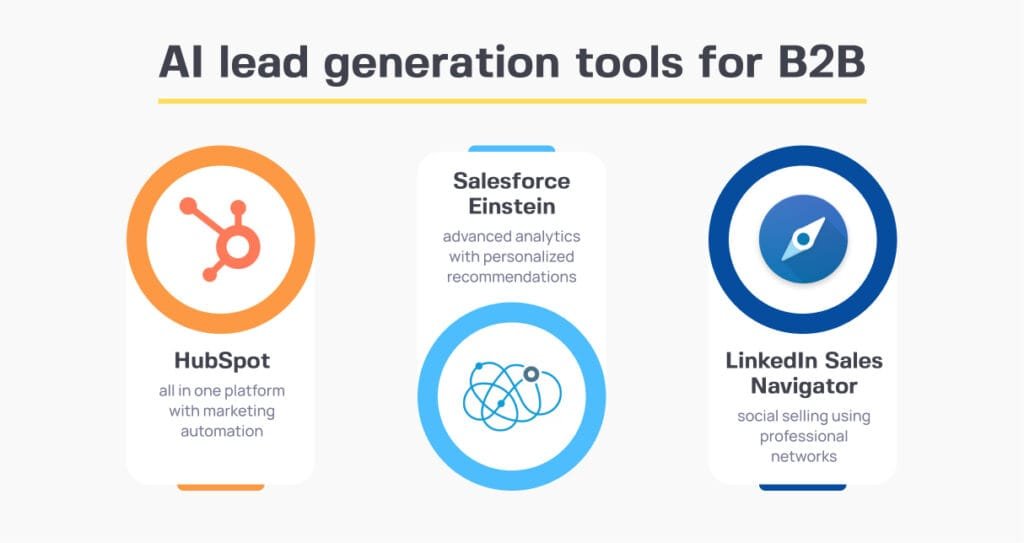
AI-powered lead generation tools help B2B marketers find, qualify, and engage with the right prospects faster and more efficiently. Instead of relying on manual prospecting, these tools analyze vast amounts of data to pinpoint potential buyers that match specific criteria. This allows sales teams to focus on high-quality leads instead of wasting time filtering through thousands of irrelevant contacts.
Essential Tools
Lead generation tools come in many forms, each designed to solve different challenges. Here are some of the most widely used AI sales tools:
- HubSpot – An all-in-one marketing and sales platform with built-in AI sales automation.
- Salesforce Einstein – Uses advanced analytics and predictive sales AI to recommend high-priority leads.
- LinkedIn Sales Navigator – Leverages LinkedIn’s vast professional network for targeted prospecting and social selling.
Choosing the right tool depends on your business needs, integration requirements, and scalability. When evaluating options, consider whether the tool can scale with your business without compromising performance. is key when choosing software. Make sure the tool can grow with you without losing functionality or performance.
Sales Pipeline
AI improves every stage of the sales funnel by automating lead scoring, identifying pipeline bottlenecks, and streamlining follow-ups.
By analyzing customer interactions, AI assigns lead scores based on engagement levels, ensuring that sales teams prioritize prospects with the highest conversion potential. If follow-up emails are delayed or leads go cold, AI can flag these risks and notify sales reps to take action.
Timely responses are critical—research shows that responding to a lead within an hour increases conversion rates by up to 7x. AI tools help sales teams stay on track by automating reminders and scheduling follow-ups so that no lead is neglected.
Finding New Leads
AI enhances lead generation by identifying new opportunities through market trends, buying behaviors, and engagement data.
By spotting patterns in vast datasets, AI can identify potential customers before they actively start looking for solutions. Social media insights further enhance lead discovery, offering valuable data on prospects’ interests and behaviors.
More advanced data mining techniques take this a step further by detecting hidden opportunities that might otherwise be missed. For example, AI can identify companies that recently expanded or hired key decision-makers—indicating a higher likelihood of needing new solutions.
How to Use AI for Lead Generation
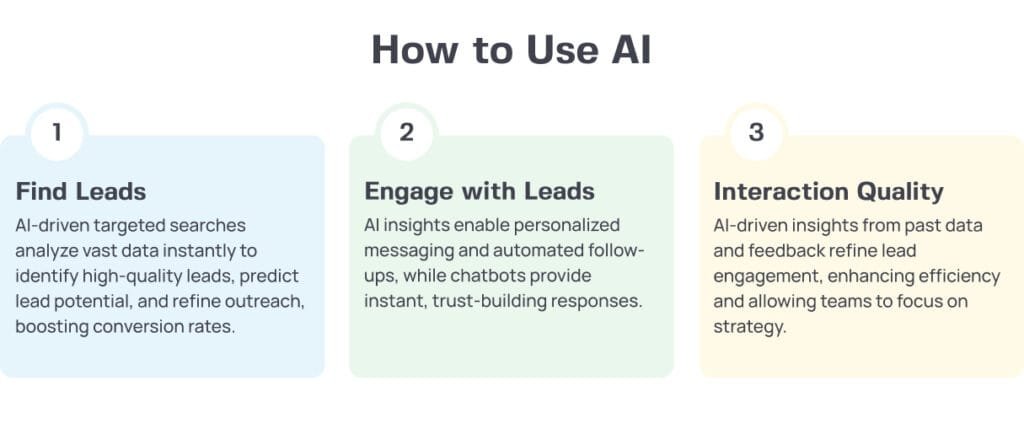
AI helps businesses find and engage the right prospects faster. Instead of relying on manual research, sales and marketing teams can use AI to identify high-potential leads, automate outreach, and refine engagement strategies. The right approach ensures AI works as an extension of the team, removing inefficiencies while improving targeting and personalization.
Finding High-Quality Leads
Traditional lead generation often involves broad targeting and outdated contact lists. AI improves this process by analyzing customer behaviors, industry trends, and engagement patterns to identify potential buyers. By tracking website visits, content interactions, and social activity, AI can recognize buying intent before a prospect actively starts searching for a solution—allowing businesses to prioritize leads that show real interest.
Engaging with Leads
Personalized outreach is essential in B2B sales, and AI makes it scalable. By analyzing past interactions, AI helps tailor messaging to fit a prospect’s needs, industry, and pain points. Automated workflows ensure follow-ups happen consistently, keeping leads engaged without requiring constant manual effort. AI-powered chatbots also help by answering questions in real-time, nurturing leads before they even speak to a salesperson.
Improving Interaction Quality
AI continuously analyzes engagement data to refine communication strategies. Monitoring response patterns, sentiment, and behavior helps sales teams determine when and how to follow up for the best results. This ensures outreach is well-timed and relevant rather than repetitive or intrusive. With data-driven adjustments, businesses can improve conversations, build stronger relationships, and increase their chances of converting leads into customers.
When used strategically, AI turns lead generation into a predictable, scalable process. Instead of spending time on administrative tasks and manual prospecting, teams can focus on what matters—closing deals and driving revenue.
AI Implementation Concerns
While AI-powered lead generation offers clear advantages, many businesses hesitate to adopt these tools due to concerns about effectiveness, data privacy, and integration challenges.
According to McKinsey’s 2022 Global AI Survey, AI adoption has more than doubled since 2017, stabilizing between 50% and 60% in recent years. However, many executives still hesitate to fully integrate AI into their lead generation strategies due to skepticism about ROI, concerns about data security, and the complexity of implementation.
With global privacy regulations like GDPR and CCPA now covering over 75% of the world’s population, businesses face increasing pressure to ensure AI-driven lead generation remains compliant. Companies must navigate stricter rules around data collection, processing, and storage to maintain trust and avoid legal risks.
Additionally, businesses with legacy systems often struggle with AI integration. Many worry about whether their existing CRM and marketing automation tools can fully support AI-driven workflows, making adoption seem overwhelming.
Overcoming Obstacles
One of the biggest barriers to AI adoption is internal resistance to change. Employees may be skeptical of AI’s value or fear that automation will make their roles obsolete. Clear communication and transparency are essential to addressing these concerns. Rather than positioning AI as a tool that replaces human effort, businesses should emphasize how it enhances productivity by eliminating repetitive tasks and allowing teams to focus on more strategic work.
Successful implementation also depends on ongoing training and support. Many AI tools are intuitive, but without proper guidance, adoption rates can suffer. Regular training sessions, hands-on workshops, and internal AI champions can help teams build confidence in using new technology. Investing in education ensures that AI is not only implemented but fully utilized to drive results.
Best Practices for Success with AI Lead Generation Tools
To get the most out of AI lead generation tools, businesses need clear goals, ongoing optimization, and strong adoption.
Start by setting measurable objectives like improving lead quality or increasing conversion rates. Without clear benchmarks, it’s difficult to track success.
AI tools work best when sales and marketing teams are aligned. If marketing is bringing in AI-qualified leads but sales isn’t following up effectively, opportunities will be lost. Teams should collaborate to refine lead scoring, personalize outreach, and ensure high-priority prospects get timely responses.
Since AI improves over time, regular monitoring and adjustments are essential. Businesses should track accuracy, engagement, and ROI, fine-tuning AI settings based on real-time performance.
Finally, proper training and adoption support ensure teams know how to use AI-powered platforms effectively. The better AI tools are integrated into daily workflows, the more they enhance productivity, targeting accuracy, and overall sales performance.
Conclusion
AI for sales is already embedded in modern lead generation, helping businesses find, qualify, and convert leads more effectively. Companies that integrate AI tools can improve targeting, streamline outreach, and increase conversion rates with fewer manual processes. By handling repetitive tasks and uncovering overlooked opportunities, AI supports—not replaces—human expertise. When used strategically, AI sales automation drives more efficient prospecting, stronger engagement, and better long-term sales outcomes.
For businesses looking to implement AI effectively, 42DM provides expert guidance on choosing the right AI prospecting tools, refining lead generation strategies, and maximizing ROI. With a tailored approach, we help sales and marketing teams turn AI into a competitive advantage, not a complication.
FAQs


